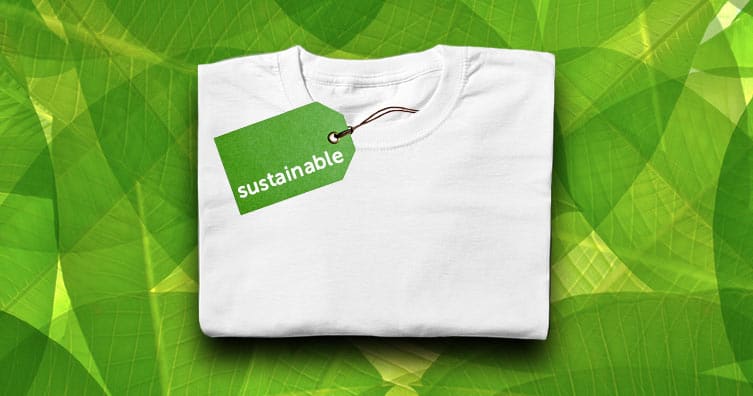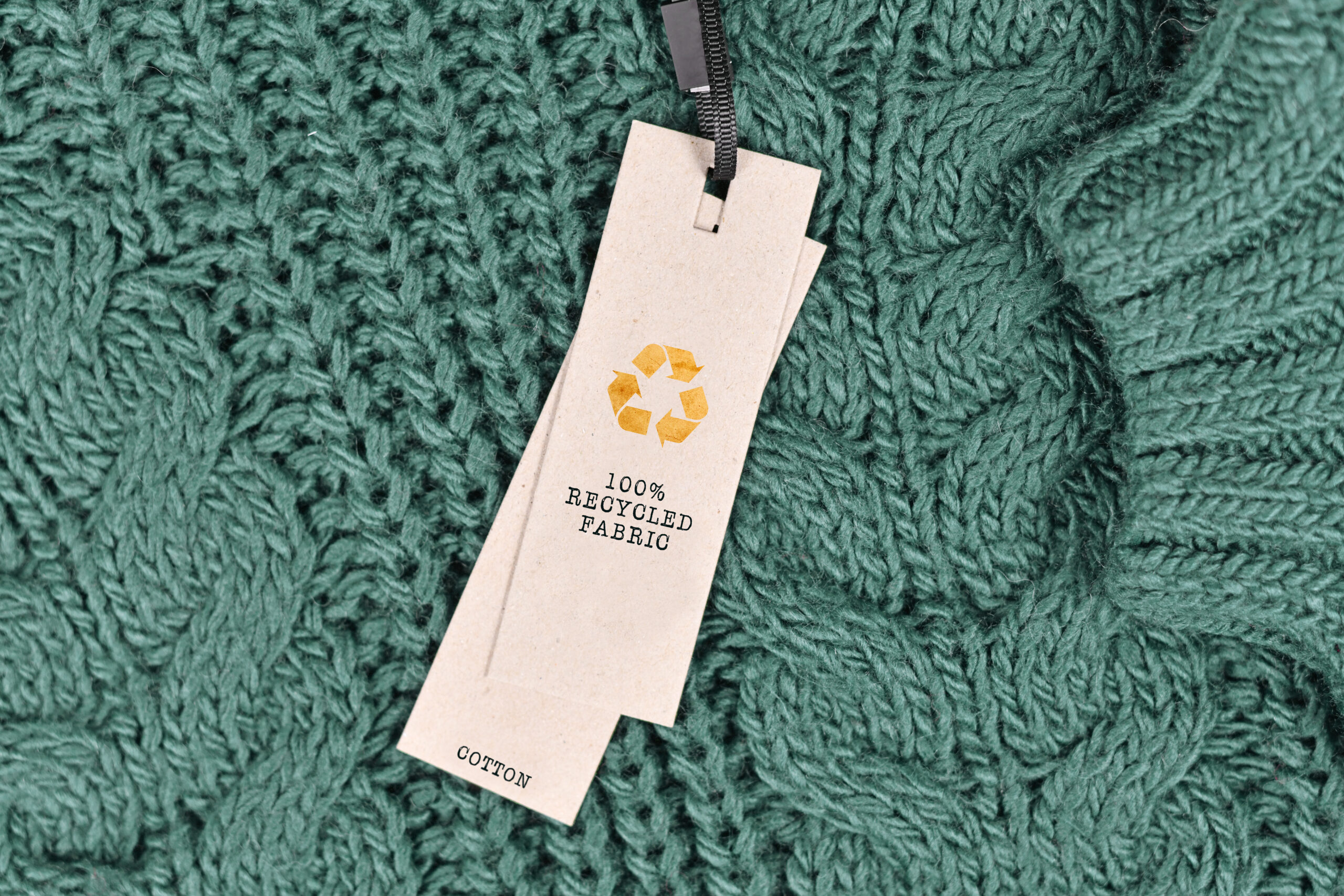Keep Ahead of the Contour by Checking Out Ingenious Style Trends
In a sector as dynamic as style, staying in advance includes even more than just adhering to existing patterns-- it demands an exploration of technology. The convergence of modern technology and style heralds a brand-new era of consumer involvement.

Accepting Smart Textiles
In the last few years, the apparel industry has experienced a transformative change with the integration of clever fabrics, a cutting-edge technology that blends technology with textile. This development stands for not just a combination of aesthetic appeals and capability yet likewise a considerable leap in the direction of sustainability and personalization in vogue. Smart textiles, likewise called e-textiles, installed sophisticated electronic devices such as sensing units and conductive threads within the textile, making it possible for garments to communicate with the atmosphere or the user.
These fabrics are created to keep an eye on physical parameters, such as heart rate or body temperature, offering real-time health and wellness analytics. Beyond health and wellness applications, wise textiles are additionally being made use of for adaptive garments, which can change shade or pattern in feedback to ecological stimulations, therefore supplying a dynamic style experience.
Additionally, the development of energy-harvesting fabrics that produce power from movement or sunshine is leading the way for self-sufficient wearable technology. This innovation is appealing to eco mindful customers and designers aiming to lower the eco-friendly footprint of style. As research and advancement in this field advance, clever fabrics are anticipated to become progressively widespread, reshaping the landscape of modern-day fashion with their multifunctional capabilities.
The Surge of 3D Printing
Changing the production landscape, 3D printing has actually become a game-changer in the apparel industry. This cutting-edge modern technology has actually allowed designers to press the limits of creativity, creating detailed and customized garments that were formerly unbelievable. By leveraging electronic layout and additive manufacturing, 3D printing promotes the production of complex geometries and patterns, enabling developers to trying out brand-new textures and frameworks.
A notable advantage of 3D printing in style is its ability to generate on-demand, decreasing waste and lowering inventory demands. This efficiency not only maximizes manufacturing procedures however likewise enables rapid prototyping, allowing designers to bring their visions to life in a much shorter timeframe. Additionally, 3D printing sustains personalization somewhat unmatched by traditional approaches, offering distinct layouts and individualized fits customized to specific customer choices.
The increase of 3D printing has actually also democratized style, making it available to emerging developers that can currently fabricate high-quality items without substantial economic investment in conventional production facilities. As technology remains to breakthrough, the garment industry is positioned to harness the full potential of 3D printing, discovering new materials and methods that will most certainly redefine just how style is developed and produced.
Sustainable Style Developments
As the fashion business grapples with the pushing need for ecological duty, sustainable style advancements have actually arised at the center of transformative adjustment. The expanding recognition of environmental impact has actually fueled a change towards more eco-conscious methods and materials. Developers and brand names are currently prioritizing sustainability, integrating techniques that minimize waste and reduce carbon footprints.
One substantial advancement is the increase of circular style, which highlights recycling and upcycling to extend the lifecycle of garments. This method not only minimizes waste but also motivates customers to adopt a more mindful strategy to clothing intake.
One more breakthrough depends on the fostering of ingenious dyeing methods that utilize waterless procedures or natural dyes, thus minimizing the vast quantities of water and chemicals commonly used in textile dyeing. In addition, innovations in biotechnology have actually resulted in the development of lab-grown leather and textiles, supplying cruelty-free and eco-friendly choices to conventional products. Via these pioneering efforts, the garment industry is making purposeful strides in the direction of a much more lasting future.

Tech-Integrated Apparel
Tech-integrated garments represents a cutting-edge combination of style and innovation, improving how individuals communicate with their garments. This innovative domain is noted by the incorporation of smart textiles and ingrained digital parts, boosting both performance and aesthetic allure. From fitness trackers embedded in sports apparel to warmed coats regulated using smartphone apps, tech-integrated apparel supplies customers unprecedented benefit and flexibility.
Pioneering brands are driving this trend, concentrating on creating garments that react to ecological stimuli or user commands. For example, some garments can transform color or pattern in action to temperature site web level changes, while others include biometric sensors to keep track of health metrics like heart price or stress and anxiety levels. The seamless assimilation of modern technology into textiles likewise prolongs to environmental sustainability, with efforts to establish self-cleaning fabrics or garments that adapt to weather, hence reducing the demand for multiple layers.
Furthermore, the development of wearable modern technology is not simply restricted to clothes however extends to accessories like watches and glasses, additional widening the scope of tech-integrated fashion. As the market remains to introduce, the capacity for customization and customization in garments grows, using customers distinct, tech-enhanced fashion experiences that accommodate their individual needs and preferences.
Future of Virtual Style
In the last few years, the future of virtual style has actually arised as a transformative force within the industry, leveraging developments in electronic modern technology to redefine how fashion is produced, experienced, and taken in. By incorporating increased truth (AR), virtual truth (VR), and 3D style devices, designers can currently craft interactive and immersive experiences that go beyond traditional fashion borders. Virtual fashion permits for the development of garments that exist solely in digital environments, providing unlimited opportunities for advancement without the constraints of physical production.
This electronic change not just offers browse around this site possibilities for imaginative expression but additionally addresses sustainability worries inherent in typical fashion techniques. Cape Town Sustainable Fashion. By eliminating the demand for physical resources, online style reduces waste and reduces carbon impacts. In addition, the rise of virtual style straightens with the boosting customer demand for one-of-a-kind and customized experiences, as virtual garments can be tailored and tailored to private preferences effortlessly

Final Thought
The garment industry's future lies in the assimilation of ingenious technologies and lasting techniques - Cape Town Sustainable Fashion. Smart textiles and tech-integrated apparel are boosting capability, while Extra resources 3D printing provides possibilities for modification and waste decrease. Sustainable style, with environment-friendly materials and circular techniques, shows a dedication to ecological stewardship. Moreover, online fashion is poised to redefine customer communications. Adjusting to these fads is necessary for brand names looking for to remain affordable and pertinent in this rapidly evolving landscape.
In recent years, the style market has actually witnessed a transformative shift with the combination of smart textiles, an advanced development that blends technology with material.As the style industry grapples with the pressing requirement for ecological responsibility, lasting fashion innovations have actually arised at the forefront of transformative adjustment.In recent years, the future of virtual style has actually arised as a transformative pressure within the industry, leveraging developments in electronic modern technology to redefine how fashion is produced, experienced, and taken in. The surge of online style straightens with the boosting consumer demand for personalized and distinct experiences, as digital garments can be customized and customized to private preferences with simplicity.
The style market's future lies in the combination of sustainable methods and innovative technologies.